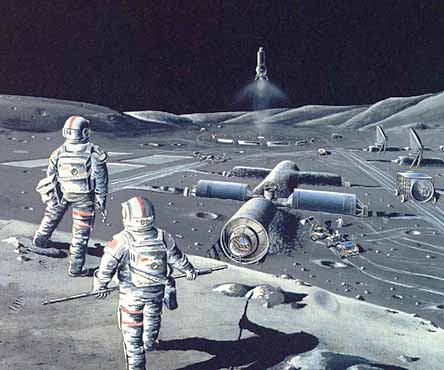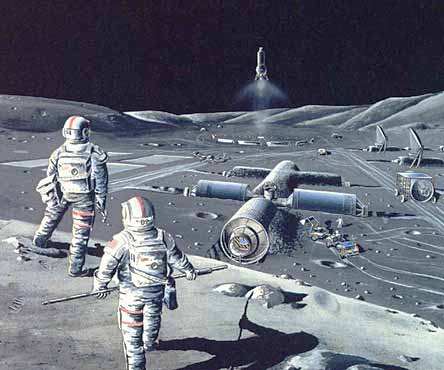
In what can be considered a highly ambitious project, but quite highly unlikely to get passed bill, Rep. Bill Posey, R-Fla., has introduced H.R. 1641, the “Reasserting American Leadership in Space Act” or the “REAL Space Act” or simply the “Back to the Moon Bill,” as its named in the vernacular. The key brief of the legislation is a directive to NASA to plan not only to return to the moon, but to also build a permanent outpost there – it is outlined below.
“The National Aeronautics and Space Administration shall plan to return to the moon by 2022 and develop a sustained human presence on the moon in order to promote exploration, commerce, science and United States preeminence in space as a stepping stone for the future exploration of Mars and other destinations. The budget requests and expenditures of the National Aeronautics and Space Administration shall be consistent with achieving this goal.”
This is all fine and dandy, but with an ever thinning NASA budget, one can only wonder where does this bill gets any solid ground to base on from. During the Bush administration, NASA was instructed to prepare and develop solution for long distance travel which would allow for trip first to the Moon, and afterward to Mars. When the Obama administration came to office a detailed and through analysis of these plans were made which revealed that neither the budget and schedules planed by the previous administration allowed for any such project to come to fruition. As such, the report recommended we give up on Mars, skip the Moon, and focus on developing the technology to enable long-duration space travel.
In response to the Obama administration cancellation of the Constellation program, government officials and space enthusiasts alike have been critical of the decision, which leaves NASA with no particular goal for the development of such long-duration space travel technology. Well, there is one – traveling to an asteroid.
The bill tries to offer a goal to the already passed and currently in development of such technology – building a permanent moon base. Outlined reasons in the report for going through such a plan are military (space is called the “ultimate high ground”), economic, and educational related, all for a a strong US presence in space. A moon base would offer an important outpost for further research, especially Moon water research, and provide an important logistic factor (refueling). All in all, the bill indeed is in par with the current Obama priorities, since the developed technology speculated would offer support for sending construction materials to the moon.
The fate of H.R. 1641 is uncertain, although it currently has four supporters. Even if hypothetically it passes the full House and Senate, and ultimately survives a veto from Obama (not gonna happen), giving the volatile political climate and the long terms in which it is formulated, it’s highly unlikely it will offer any concrete directions for NASA. It’s a start however, one which might bring in some more realistic ideas and bring human space travel back in the eyes of the administration, maybe in the future administration to come at least.









